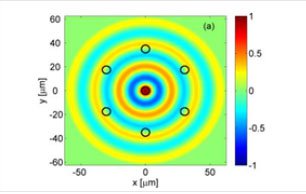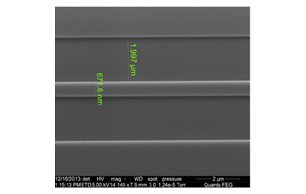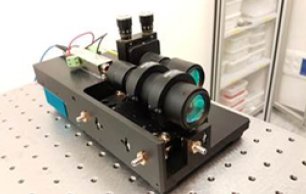RESEARCH
Our work revolves around two main platforms: optical fibers, and photonic circuits that are integrated of silicon chips. Both platforms are extremely important from a technological standpoint. Optical fibers bring us the internet. Silicon-photonic circuits enable large-scale communication within data centers.
We use optical fibers primarily for sensing purposes. Fibers constitute an exceptional sensing platform. They support measurements from a long stand-off distance, readily embedded inside structures with little effect on functionality, comparatively immune to electro-magnetic interference, and suitable for operation and harsh and hazardous environments. In addition, optical fibers support spatially distributed analysis, in which every fiber section serves as an independent node in a sensor network. Starting in 2012, our group demonstrated optical fiber sensors for the measurement of strain and temperature with up to 400,000 measurement locations, and millimeter-scale spatial resolution.
One of the main tasks of silicon-photonic circuits is the multiplexing and de-multiplexing of data channels. The aggregate bandwidths of optical communication links are far too broad for direct handling by electronics. Initial processing of signals as part of their photonic transport layer effectively breaks up the optical communication spectrum to channels of more manageable bandwidths. We have designed, fabricated and demonstrated devices for the multiplexing of 8 and 16 channels, with carefully constructed transfer functions.
In recent years, our interest focuses on opto-mechanics: the interactions between guided light and sound waves in a common medium. Such interactions allow for new concepts of sensors and filters with unprecedented performance. For more details, see below.



